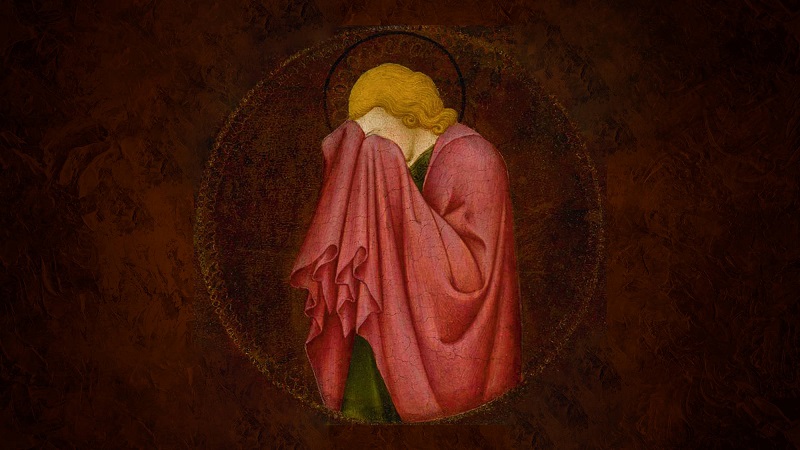
TURNING THE BRIGHT LIGHTS ONTO SOMBER EASTER WEEK
BERKELEY—I don’t know if it was more revelation or intoxication. But American Bach’s lucid performance of the St. John Passion offered gobs of both.
Yes, even Bach can be intoxicating with his lesser-known Passion oratorio—–usually running in 2nd place to the St. Matthew Passion, which for me is the greatest baroque opera of all, even in a sacred-concert version. The St. John came much earlier, dealing with the suffering/death of Christ in a more detached, consolatory and lyrical way. Clearly, for Bach, it was very close to his heart, undergoing at least four different performing versions 1724-1749.
And revelation was the only word for the St. John performance we encountered at St. Mark’s Episcopal Church, whose unadorned lines, austere woodwork and ultra-hard seats brought to mind Bach’s own Leipzig church. That provided not just a comparable visual and articulate/acoustic environment but also taught us pleasure-seekers that the way to salvation may require, even if not some tenure in Hell, certainly musical travails in hard wooden pews for 140 minutes.
From the very first full-choir sound, so articulate as if baffle screens had just been removed for the first time, Jeffrey Thomas’ ensemble was in an elevated class of acoustics, backed by period instruments like oboe de caccia with its more untamed sound, viola da gamba and violone—-modest in volume but abundant in clarity.
Free of baton, Thomas achieved the implausible just with hand movements; when his palms separate, volume takes wing in the choral sound. Unerring pitch and beat were hallmarks of the small orchestra and singers numbering about 16. I say, a public burning for all the superfluous batons!
Looking like an apostle with his long tresses, Gregorio Taniguchi brought to bear his high tenor voice as Evangelista, among the many male soloists. Also noteworthy were the baritones Mischa Bouvier (Christ) and Jesse Blumberg (Pilate), plus the sunny soprano soloist Julie Bosworth, all with a good Command of the original German. So many stellar soloists together is a rarity indeed.
The program book offered a 2,400-word scholarly analysis of this passion, and its early pre-Bach origins, when simply one soloist read or sang the Biblical text.
Despite the push to authenticity, two deviations from the 18th century stood out: Today’s patrons/worshippers did not sing along the German chorales from memory, as in Leipzig; and there was no “Tapper,” the usher making rounds with a long stick to tap awake any patrons dozing off. But I wouldn’t have complained over gossamer taps!
MUSIC NOTES—The S.F. Bay Area is blessed to have two major period-instruments groups with singers, American Bach Soloists and Philharmonia Baroque, the granddaddy of all in Northern California.
AMERICAN BACH SOLOISTS under Jeffrey Thomas, heard in Bach’s St. John Passion March 9 at St. Mark’s Church, Berkeley. For American Bach info: www.americanbach.org.